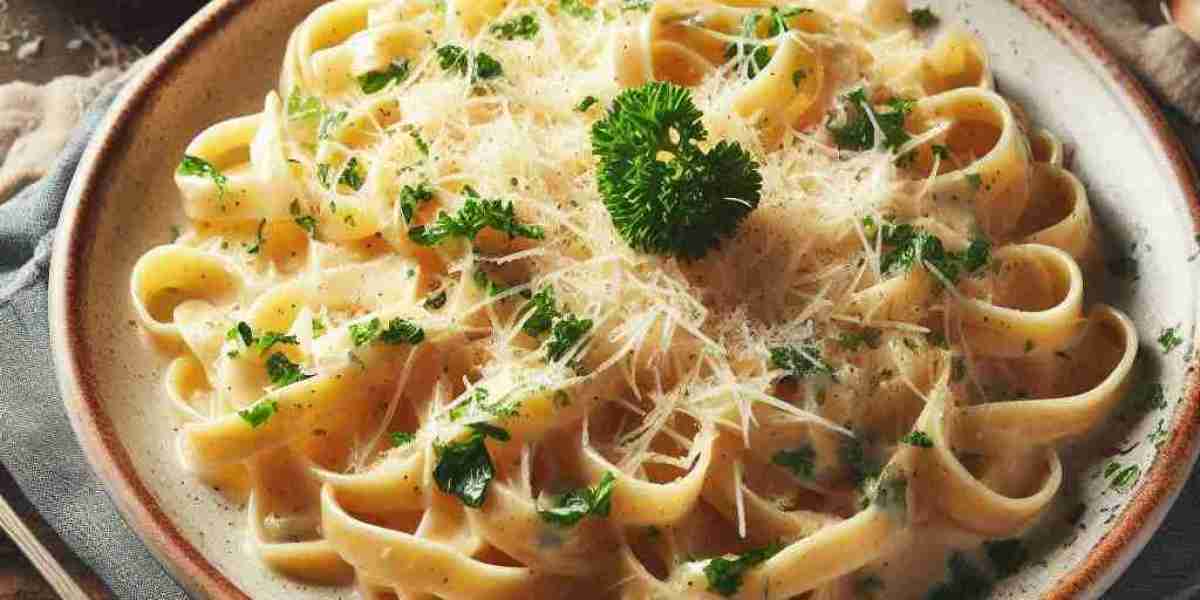Few foods evoke as much universal love as fries. Whether you call them fries, chips, or frites, these golden sticks of potato goodness have a special place in hearts (and stomachs) around the world. But there’s one place where frites aren’t just a side dish—they’re a way of life. Welcome to the world of frites culture, where the humble potato is elevated to an art form.
The Origins of Frites: A Culinary Debate
The origin story of frites is shrouded in culinary controversy, with both Belgium and France claiming the title of the original fry-maker. According to Belgian lore, villagers in the Meuse Valley used to fry small fish as a staple food. When the river froze over and fish became scarce, they turned to slicing potatoes into fish-like shapes and frying them instead. This tale, dating back to the late 17th century, makes Belgium the self-proclaimed home of frites.
On the other side of the border, the French argue that they invented the fried potato, pointing to Parisian street vendors who sold "pommes frites" on the Pont Neuf in the late 18th century. Whether you side with Belgium or France, it’s clear that frites have deep roots in European culinary history.
Belgian Frites: More Than Just a Snack
In Belgium, frites are more than just a food—they’re a national institution. Walk down any street, and you’re likely to find a "frituur" or "frietkot," a small, often unassuming shack dedicated solely to frying and serving frites. These fry shops are beloved by locals and tourists alike, offering crispy, golden fries served in a paper cone and topped with a generous dollop of sauce.
Belgian frites are typically thick-cut and double-fried to achieve that perfect balance of a crispy exterior and a soft, fluffy interior. The first fry at a lower temperature cooks the potato through, while the second fry at a higher temperature crisps up the outside. The result? Pure potato perfection.
But what really sets Belgian frites apart is the sauces. While ketchup and mayonnaise are popular, the true Belgian experience involves trying some of the more unique options like andalouse (a blend of mayo, tomato paste, and peppers), samurai (spicy mayo), or tartare (a tangy, creamy herb sauce). There’s even a debate among locals about the best sauce pairing—another testament to how seriously Belgians take their frites.
The French Connection: Fries in the Land of Haute Cuisine
In France, fries are equally revered but often seen as a more refined accompaniment to dishes rather than a stand-alone snack. You’ll find them served alongside everything from steak in a classic steak frites to moules (mussels) in the beloved moules-frites. French fries tend to be thinner than their Belgian counterparts, but they share the same dedication to achieving the perfect crispy texture.
While Belgium might have the upper hand in fry-focused establishments, France takes frites into the realm of fine dining. Parisian bistros, Lyonnaise bouchons, and even Michelin-starred restaurants serve frites that elevate the humble potato to haute cuisine.
The Global Spread of Fry Culture
As frites traveled beyond Europe, they evolved to suit the tastes and ingredients of different regions. In the United States, fries are typically thinner and often served with ketchup, though regional variations abound—think cheese-covered poutine in Canada, or loaded chili cheese fries in the American Southwest.
In the UK, chips (as they’re called) are thicker and often served with salt and vinegar, or as part of the iconic fish and chips. In the Netherlands, fries are typically topped with pindasaus (peanut sauce), mayonnaise, and onions in a dish called patatje oorlog (fries war).
In Asia, you’ll find innovative takes on fries with toppings like kimchi, nori, or curry sauce. Meanwhile, Latin American versions might include toppings like melted cheese, jalapeños, or avocado.
Frites in Popular Culture
Frites have even made their way into popular culture, symbolizing everything from comfort food to political statements. In Belgium, the image of a cone of frites is often used to represent the country itself, and Belgian politicians have been known to use frites as a symbol of unity.
In the U.S., the debate over whether fries should be thick or thin, or how they should be cooked, mirrors larger cultural discussions about food, identity, and regional pride. And let’s not forget the global fast-food industry, which has turned fries into a staple of modern cuisine, albeit often in a form that would be unrecognizable to the frites aficionados of Belgium.
Conclusion: The Enduring Appeal of Frites
No matter where you are in the world, frites are a testament to the universal appeal of simple, well-executed food. Whether you’re enjoying a cone of frites with a unique sauce in Belgium, savoring crispy French fries in a Parisian bistro, or digging into a plate of loaded fries at a diner, you’re participating in a global culinary tradition that transcends borders.
So next time you take a bite of a perfectly crispy fry, remember that you’re not just enjoying a snack—you’re part of a rich, delicious, and deeply loved cultural tradition









